Paraguayan Food Dishes: Basic Overview
Common Ingredients
Common Cooking Methods
Courses
Meals
Key Taste
Eating Etiquette
Meal Presentation
Culinary Festivals
Influence and Fusion
Popular Types of Paraguayan Dishes
-
Bread and doughs
In Paraguayan cuisine, breads and dough-based foods often incorporate local ingredients such as cassava (tapioca) flour and cheese.
These items range from small, round breads to flaky pastries.
The textures vary from dense and chewy to light and airy, suitable for different times of the day and various occasions.
-
Cakes and pastries
Cakes and pastries in Paraguay reflect a rich fusion of flavors and influences, featuring both sweet and savory options.
From dense, cornmeal-based cakes to sweet, fruit-filled pastries, these items showcase the versatility of local ingredients like corn, cheese, and tropical fruits.
-
Desserts
Paraguayan desserts range from creamy puddings and sweet jellies to rich, caramel-filled cookies.
They often highlight the sweetness of local fruits like guava and papaya, balanced with the creaminess of dairy products.
-
Soups
Paraguayan soups range from brothy and light to thick and hearty, often serving as a staple in daily meals.
Incorporating various ingredients such as meat, vegetables, and legumes, these soups reflect the diverse agricultural landscape of Paraguay.
Paraguayan dishes are popular delicacies in Paraguay, a landlocked country in South America. Paraguayan cuisine is a melting pot of indigenous Guarani culture, Spanish culinary delights, and contributions from immigrant communities such as Italian specialties and German dishes.
The cuisine is characterized by a rich array of flavors, with corn, manioc (cassava), meat (especially beef), and various freshwater fish forming the backbone of many dishes.
Regarding flavors, Paraguayan cuisine tends to favor the savory and hearty, with a notable absence of overly spicy dishes.
Cooking methods are generally simple, with boiling, grilling, and baking the most common. The essence of Paraguayan dining is a celebration of community, tradition, and the bountiful gifts of the land.
In addition to diving into Paraguay’s most beloved dishes, I’ve also explored the essence of its traditional cuisine, uncovering what’s propelled its food onto the global stage and the secrets behind its health benefits.
Furthermore, I explain the evolution of Paraguayan dining culture, including mealtime manners and the art of pairing dishes with the perfect drinks.
Let’s get started now!
25 Popular Paraguayan Dishes with Filters
Discover the best 25 Paraguayan dishes, listed according to how famous they are. Easily find what you crave by filtering options based on ingredients, flavors, cooking styles, dish categories, and meal times.
From traditional recipes and beloved national dishes to creative fusions, and vibrant street foods, there’s something for everyone to explore.
Empanada
- Street Food
- Traditional
Empanada is a beloved staple in Paraguay, often enjoyed as a traditional street food snack or appetizer. This pastry is known for its versatile fillings, typically consisting of meat (usually beef or chicken), onions, eggs, and spices encased in a flaky, golden crust.
While they are common across various Latin American cuisines, Paraguay adds its distinctive touch, often serving these pastries during social gatherings and festive occasions such as Independence Day celebrations.
Empanadas enjoy popularity beyond Paraguay, especially in countries across South America and regions with significant Latin American diasporas.
Milanesa
- Fusion
Milanesa is a fusion dish from Paraguay, drawing influences from Italian immigrants. This dish consists of thinly sliced meat, commonly beef or chicken, which is breaded and fried to achieve a crispy, golden exterior while retaining a tender and juicy interior.
Variations of this dish include Milanesa a la Napolitana, topped with ham, cheese, and tomato sauce. While originating from Paraguay, Milanesas are also immensely popular throughout South America and in countries like Italy and Spain.
Often served with a side of potatoes or salad, Milanesas is a favored choice for family dinners and informal gatherings.
Asado
- Traditional
Asado is a traditional grilled meat dish central to Paraguayan cuisine. This culinary practice involves slow-cooking various meat over an open flame or charcoal, a technique shared with other South American countries.
Paraguayan asado is known for its smoky taste and can include beef, pork, and sometimes chicken. Notable variations include asado a la olla (pot-cooked asado) for those preferring a juicier, oven-cooked version.
Asado is particularly savored during Paraguay’s Independence Day celebrations.
Sopa Paraguaya
- National
- Traditional
Sopa Paraguaya, despite its name suggesting a liquid form, is a savory cornbread, distinctive as the national dish of Paraguay. This dense, cake-like dish, rich in cultural history, originated from a culinary mistake that became a beloved staple.
It combines cornmeal, cheese, and onions, resulting in a flavor that’s both hearty and comforting, with a slightly sweet and savory profile.
Sopa Paraguaya holds a special place in social events and family gatherings, and it’s often found alongside Asado during holidays and festivals, including Independence Day.
Chipa
- Street Food
- Traditional
Chipa is a traditional Paraguayan cheese bread, recognized widely as a staple nationwide snack. This small, round, savory bread is made from cassava (tapioca) flour, cheese, eggs, milk, or anise, creating a dense and chewy texture.
It’s common to see chipa sold by street vendors, especially during the Holy Week (Semana Santa), where its consumption is a cultural tradition.
Chipa comes in various forms, including chipa guasu (similar to cornbread), chipa almidón (made with starch), and chipa caburé (cooked on a stick).
Chipa’s popularity extends beyond Paraguay into neighboring countries like Argentina and Brazil, where similar versions are enjoyed, showcasing its cultural significance in the region.
Alfajores
- Street Food
Alfajores in Paraguay is a type of cookie, traditionally composed of two round, sweet biscuits with a sweet filling, most commonly dulce de leche (a creamy caramel-like sauce).
The outer layers are often dusted with powdered sugar or coated in chocolate or a glaze. Alfajores are enjoyed as a dessert or a snack, perfect for pairing with tea or coffee. During celebrations and holidays, they’re a popular gift, symbolizing sweetness and affection.
Dulce de Guayaba
- Traditional
Dulce de guayaba is a sweet and fragrant jelly or paste made from guava fruit, often found in Paraguayan cuisine and other Latin American countries.
This confection is traditionally enjoyed as a dessert or a snack, sometimes accompanied by cheese, which complements its sweet and slightly tangy flavor.
Dulce de guayaba is popular during festive occasions and family gatherings. Its rich, fruity taste and smooth texture make it a versatile ingredient, used in various desserts like cakes pastries, and even as a spread on bread.
Chipa Guasu
- Street Food
- Traditional
Chipa guasu, often considered a cousin to the more widely known sopa paraguaya, is a traditional Paraguayan dish that resembles a savory corn cake.
Primarily made from fresh corn, onions, cheese, and occasionally milk, this hearty and flavorful dish is a staple at family gatherings and significant celebrations.
Chipa Guasu is especially favored during the corn harvest season and is a must-have during Paraguay’s Independence Day festivities.
Mbejú
- Street Food
- Traditional
Mbejú is a starch cake in Paraguayan culture, often enjoyed as a breakfast dish or snack. This delicacy has its roots in the indigenous Cario-Guarani people, dating back to the 18th century.
Mbejú, which translates to “cake” in Guarani, is traditionally made from cassava starch, fat (often from pork), milk, egg, and a distinctive Paraguayan cheese, known for its creamy texture and slightly tangy taste.
Notably, there were originally about 16 ways to prepare mbejú, though today, 11 are predominantly recognized.
Among the variants, “mbejú avevo” (inflated cake) and “mbejú de fariña” (using manioc flour instead of starch) stand out.
Pastafrola
- Fusion
Pastafrola is not native to Paraguay but has been heartily adopted and adapted within its cuisine. This dessert pie is typically filled with sweet, tangy guava paste, offering a delightful contrast to its crumbly pastry crust.
Guava, a fruit well-loved in Paraguay, lends this version of pastafrola a local twist, making it a favored treat nationwide.
Chipa so’o
- Fusion
- Street Food
Chipa so’o is a savory, meat-filled variation of the traditional chipa, showcasing a fusion of traditional Paraguayan and Spanish culinary traditions.
It consists of cassava starch dough enveloping a rich filling of seasoned meat, often beef, and other ingredients like onion, egg, and sometimes spices.
Chipa so’o is a staple food, part of the diverse “chipa” family with about 70 variants. This dish exemplifies the cultural syncretism of Paraguay, combining indigenous Cario-Guaraní and European influences.
Tortilla Paraguaya
- Traditional
Tortilla Paraguaya is a distinctive savory fried dish part of Paraguay’s rich culinary tradition. Unlike the Mexican tortillas that many initially thought of, the Paraguayan version primarily comprises wheat flour, milk, eggs, and water.
Its preparation involves creating a batter that is not too liquid, allowing it to be fried in spoonfuls to a more elastic consistency, akin to omelets or fritters.
It’s common to enhance its flavor by adding Queso Paraguay, a type of local cheese, making it richer and more flavorful. Fresh corn or cornmeal can also be incorporated, along with vegetables, for added texture and taste.
The dish is versatile, often enjoyed with coffee, mate cocido (a traditional Paraguayan tea), or as a snack for tereré (iced herbal tea).
Dulce de Mamón
- Traditional
Dulce de Mamón, a traditional Paraguayan dessert, features papaya cooked in water and sugar syrup, often spiced with cloves and sometimes enhanced with orange juice or lemon zest. This dessert is known for its rich, comforting taste and simplicity of preparation.
Popular in Paraguay and some South American regions, Dulce de Mamón is enjoyed year-round.
Butifarra
- Fusion
- Street Food
Butifarra is a sausage commonly enjoyed in Paraguayan cuisine, although it originates from Spain. This dish is often enjoyed as part of traditional meals, particularly during family gatherings and local festivals.
While its taste is primarily savory, the specific spices and preparation methods can add subtle variations. Butifarra is sometimes served during the festive season in Paraguay, especially around Christmas.
Pastel Mandi’o
- Street Food
- Traditional
Pastel Mandi’o, or cassava cake, is a time-honored dish in Paraguay. This cake is savory, often enriched with meat (usually beef) and sometimes cheese.
The taste can be described as a comforting blend of cassava’s earthy flavors with the filling’s robustness. This dish is particularly prominent during important celebrations such as Paraguay’s Independence Day, where it features as part of the festive fare.
Mazamorra
- Traditional
Mazamorra is a traditional Paraguayan sweet, creamy pudding made from white corn, a staple ingredient in the country. The taste of mazamorra is a comforting blend of the natural sweetness of corn with a hint of vanilla or cinnamon.
This dessert is mainly associated with the cultural festival of San Juan, where it is enjoyed by communities that celebrate together.
While mazamorra is fundamentally Paraguayan, its variations are popular in Argentina and Colombia, where ingredients and flavors vary.
Matambre
- Fusion
Matambre is a rolled meat dish, typically made from beef flank steak, stuffed with vegetables, hard-boiled eggs, and herbs, then slowly cooked to perfection.
It is an exquisite example of a fusion dish that has been warmly embraced in Paraguayan cuisine, originating from the culinary traditions of Argentina and Uruguay.
Its name, intriguingly, comes from the Spanish words ‘matar’ (to kill) and ‘hambre’ (hunger), literally translating to ‘hunger killer.’ Matambre is versatile and can be served either hot as a main course or cold, sliced as a cold appetizer.
Vori Vori
- Traditional
Vori vori is a traditional Paraguayan soup with small, yellow balls made from corn flour and cheese, offering a unique texture and a comforting, slightly cheesy taste.
The dish’s name, derived from the Guarani language, signifies abundance through repetition, emphasizing the generous servings of these “little balls” within the soup.
Originating from a blend of indigenous Cario-Guarani and Sephardic culinary traditions, this dish highlights its adaptation of Matza balls from Passover celebrations.
Kivevé
- Traditional
Kivevé is a creamy, traditional dish in Paraguayan cuisine made primarily from andai (a type of pumpkin), milk, corn flour, and fresh cheese. It stands out for its sweet and savory flavor profile, owing to the addition of sugar and the creamy texture provided by the dairy ingredients.
Kivevé is often enjoyed as a side dish but can also serve as a main course for its rich, fulfilling nature.
Pira Caldo
- Traditional
Pira caldo is a rich and traditional Paraguayan fish soup recognized for its hearty blend of river fish, typically small varieties like mandi’y and tare’y, along with a mix of onions, tomatoes, bell peppers, and various spices that contribute to its robust flavor profile.
“Pira” translates to “fish” from Guarani, emphasizing the dish’s central ingredient. This soup, rich in protein and calories, was particularly valuable in times of scarcity, such as after the Paraguayan War, when food resources were limited.
Gallina Casera
- Traditional
Gallina Casera, or ryguasu in Guarani, which translates to free-range chicken, is a traditional chicken soup in Paraguayan cuisine, consumed for its comforting and healing properties.
This dish comprises a fresh hen that is butchered, chopped, and stewed in a broth seasoned with a comforting blend of oregano, tomato, garlic, and scallions. It’s most popular during flu season or as a recovery meal from illness.
Served with sopa paraguaya or freshly boiled mandioca, it’s a testament to Paraguay’s agricultural roots and a staple in rural and urban households.
Tallarín Paraguayo
- Fusion
Tallarín paraguayo is a Paraguayan pasta dish with long, thick noodles lavished in a hearty tomato sauce, distinguished by either meat (often with bones) or free-range chicken browned and simmered to perfection.
Laurel leaves are added for a touch of flavor, creating a dish deeply rooted in the fusion of local and Spanish culinary traditions.
Reviro
- Street Food
- Traditional
Reviro is a traditional Paraguayan dish often enjoyed as a hearty breakfast or snack. This culinary creation involves a simple mix of flour, water, and salt, cooked until it achieves a crumbly texture.
Reviro is commonly paired with milk, coffee, or even yerba mate to energize the day. Its taste is rather plain, serving as a versatile base for sweet and savory additions, like cheese or cooked meats.
Lampreado
- Traditional
Lampreado, known as “torta frita”, is a Paraguayan fried cake or bread made from a dough of flour, water, and salt, then deep-fried until it achieves a golden-brown crispness.
The exterior crunch of lampreado gives way to a soft, warm interior, offering a delightful contrast in textures. It tastes mildly salty with a hint of sweetness when sugar is sprinkled on top.
Koserevá
- Traditional
Koserevá is a traditional Paraguayan confectionery made from the hardened skin of ripe sour oranges known locally as “pintonas.”
These skins are cooked in black molasses, sugar, and water, producing a candy with a bittersweet and acidic flavor profile.
How Has Paraguayan Cooking Developed Over Time?
Here is the evolution of Paraguayan cooking over time, illustrating how different influences have shaped its distinctive cuisine.
This evolving cuisine is best enjoyed when paired with an understanding of Paraguayan dining customs, which add depth to the overall experience.
What Is Paraguayan Dining Etiquette?
Here’s a breakdown of the key aspects of Paraguayan dining etiquette:
Selecting the perfect beverage to complement Paraguayan dishes is key to enhancing the meal further.
Which Beverages Go Well with Paraguayan Dishes?
Selecting the right beverage to accompany Paraguayan dishes can enhance the dining experience. Here are some suggestions:
When choosing suitable Paraguayan drink selections to pair with dishes, consider the balance of flavors and the occasion.
If you found this guide enlightening, consider sharing it with friends or leaving a comment with your own experiences and insights into Paraguayan cuisine. Happy dining!


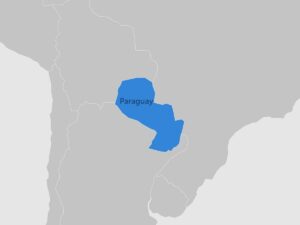
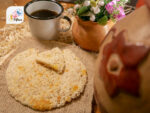

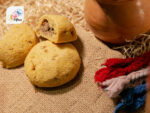
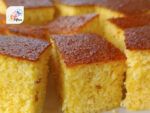
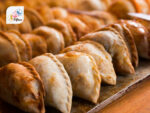
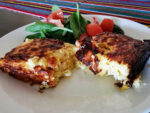

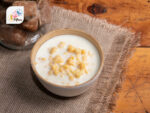
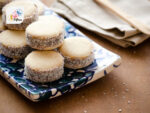
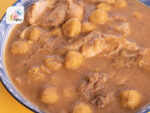
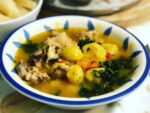
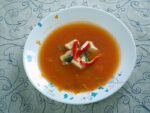
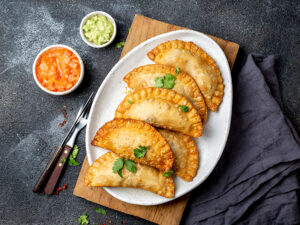
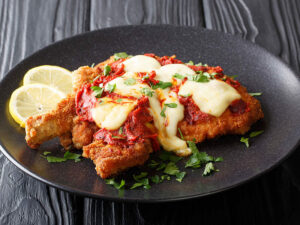
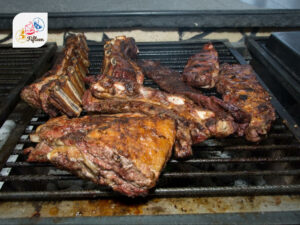
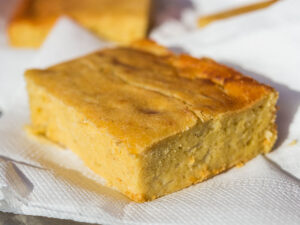
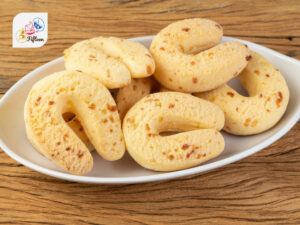
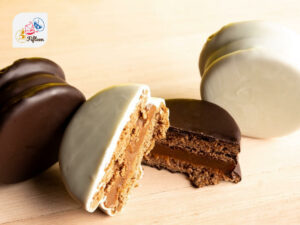
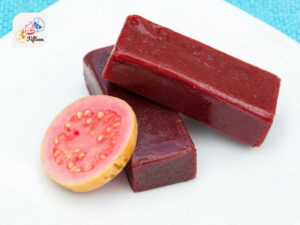
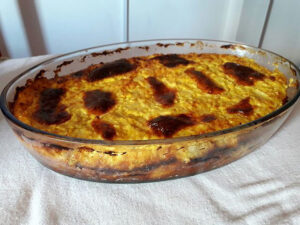
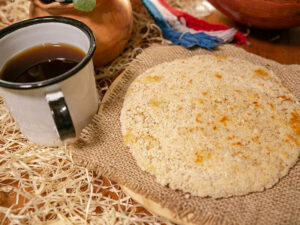
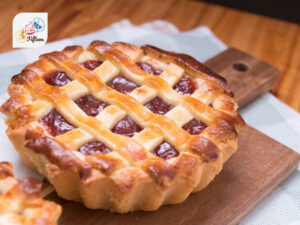
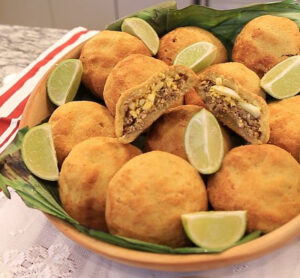
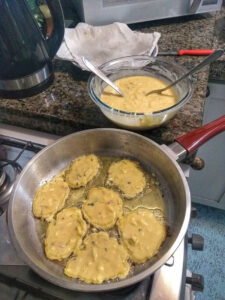
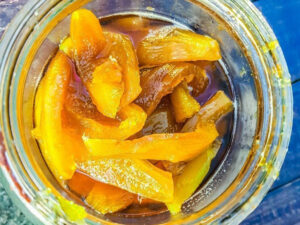
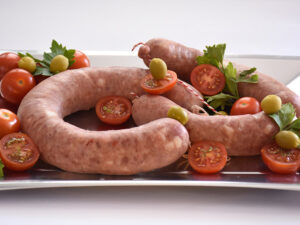
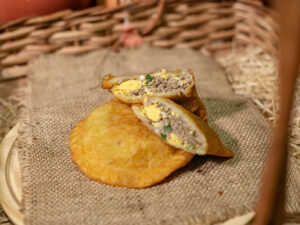
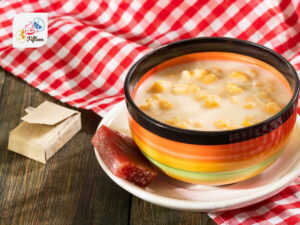
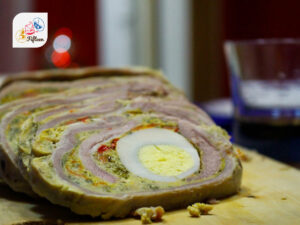
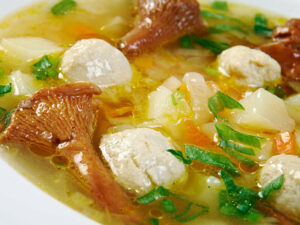
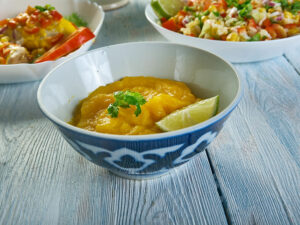
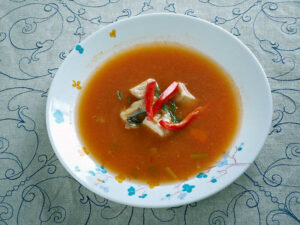
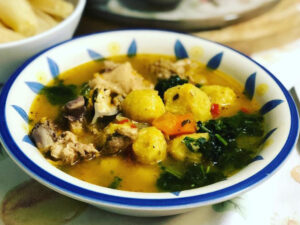
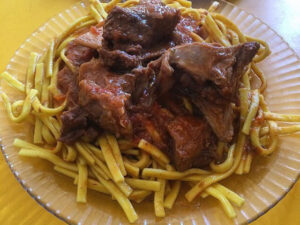
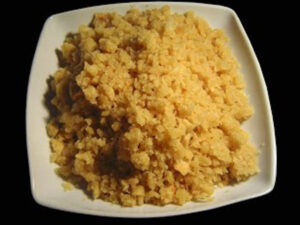
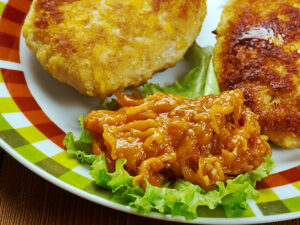
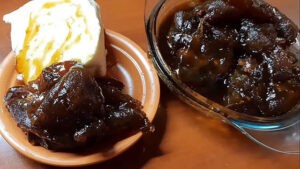
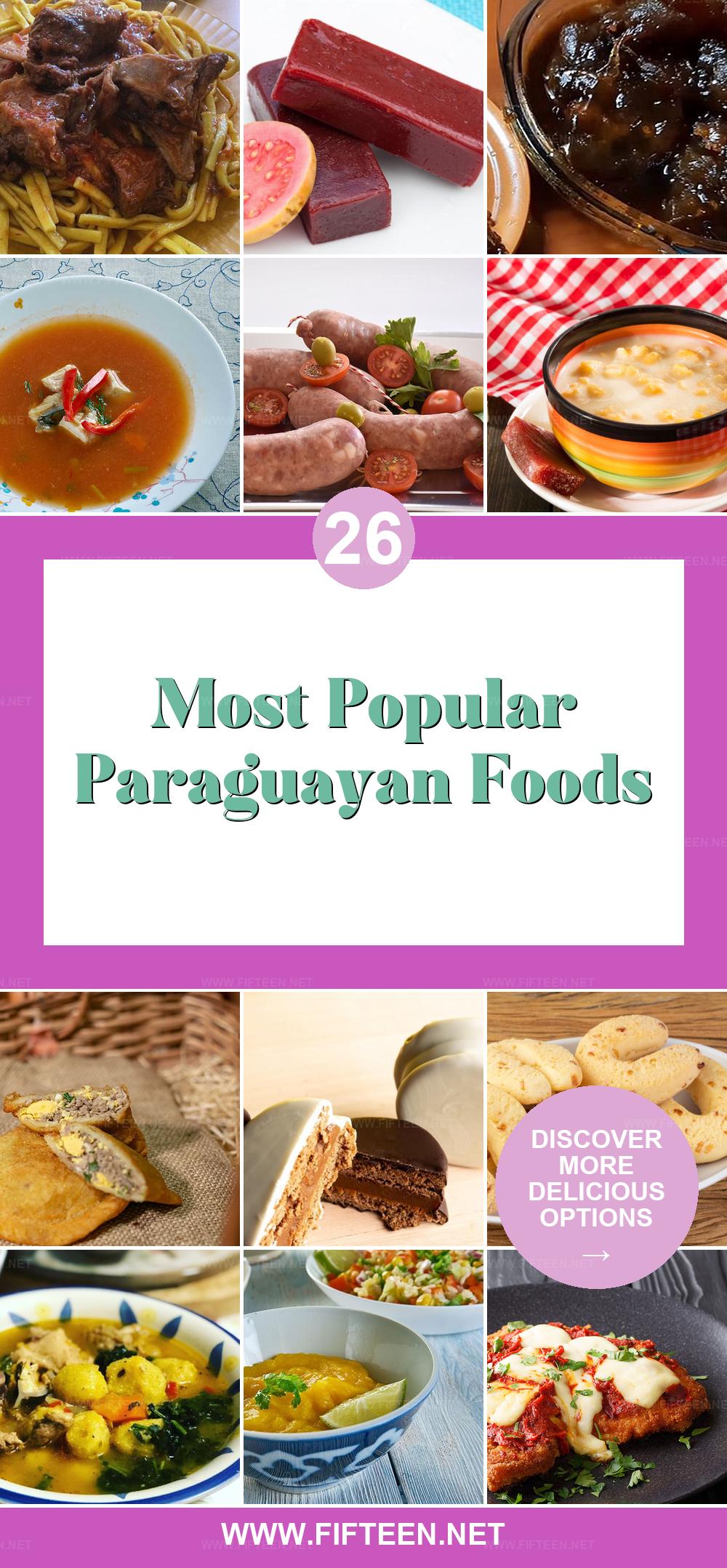
Jamie Scott
Editor in Chief, Senior Content Writer
Expertise
Home Cooking, Meal Planning, Recipe Development, Baking and Pastry, Food Editor, Cooking-video Maker, Western Food Evaluation Expert
Education
Le Cordon Bleu College of Culinary Arts
Local Community College, New York, NY
Jamie Scott is a skilled culinary expert and content creator specializing in Western cuisine. With over 15 years in the culinary field and formal training from Le Cordon Bleu, Paris, Jamie deeply understands how to blend nutrition with delicious flavors. His passion for cooking matches his commitment to making healthy eating accessible and enjoyable.
On Fifteen.net, Jamie brings a fresh perspective to classic dishes and beverages, offering readers insightful recipes, cooking tips, and a fresh view on meal planning that emphasizes taste, health, and simplicity.